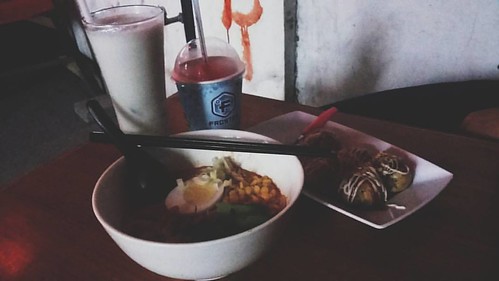s between those with and without initial virologic suppression. However, participants with initial virologic suppression had a significantly higher percentage of Gag-specific CD4 TNF-a cells expressing either CTLA-4 or PD-1. No significant differences were seen between the groups in either the expression of other Halofuginone chemical information cytokines in CD4 T cells or in any CD8 T cell populations. Discussion In ACTG A5197, vaccination with a rAd5 HIV-1 gag therapeutic vaccine was associated with increased HIV-specific T-cell activation and a trend towards improved virologic control during the ” analytic treatment interruption. In this follow-up study, we describe 11 subjects with viral load set point under 3.0 log10 copies/ml including 9 subjects who received the vaccine. No virologic differences were identified in participants with and without initial virologic suppression, but those with initial virologic suppression were found to have a lower proportion of CD4 T cells expressing CTLA-4 prior to treatment interruption, and a greater proportion of HIV-1 Gag-reactive CD4 TNF-a cells expressing either CTLA-4 or PD-1. Viral suppression, however, was not sustained in the majority of subjects with initial virologic control. Participants with initial virologic suppression were found to have an initial immunologic benefit whereas non-suppressors had substantial CD4 cell declines over the initial 16 weeks of the analytic treatment interruption. However, this initial viral control was not sustained in the majority of initial suppressors and was associated with a CD4 cell decline over the subsequent 33 weeks. Potential explanations for the loss of viral control include the waning of vaccine-induced immune function over time and differing characteristics of the latent HIV1 reservoir from which the rebounding virus originated. Although we detected no significant differences between initial virologic suppressors and non-suppressors in the number of accumulated HLA-associated HIV-1 polymorphisms, we cannot rule-out the possibility that qualitative differences exist between escape mutations with differential impact on viral fitness. Three participants were able to maintain virologic suppression 49 weeks after treatment interruption. All three individuals had received study vaccine and two of the three had CD4 cell counts at ATI week 49  above that found at study entry. In evaluating which virologic or immunologic characteristics may be predictive of initial virologic suppression, we found a trend toward lower preART viral load for participants with initial virologic suppression. Pre-ART viral load has also been seen in other studies to be associated with the extent of viral rebound and validates the use of stratification by viral load at randomization in A5197. Two of the three participants who maintained virologic suppression were also found to have protective HLA alleles. HLA class I molecules mediate the cell-mediated immune response to HIV and play a crucial role in the immune control of HIV. Certain HLA alleles, termed “protective”, have been associated with decreased viral 12547649” load set point and delayed disease progression. In addition, in the STEP trial of the rAd5 Gag-Pol-Nef vaccine, participants in the vaccine arm with protective HLA alleles were found to have significantly lower viral load set point after infection. However, the impact of HLA alleles on initial virologic rebound during treatment interruption is far less clear. In this study, the prevalence of individuals
above that found at study entry. In evaluating which virologic or immunologic characteristics may be predictive of initial virologic suppression, we found a trend toward lower preART viral load for participants with initial virologic suppression. Pre-ART viral load has also been seen in other studies to be associated with the extent of viral rebound and validates the use of stratification by viral load at randomization in A5197. Two of the three participants who maintained virologic suppression were also found to have protective HLA alleles. HLA class I molecules mediate the cell-mediated immune response to HIV and play a crucial role in the immune control of HIV. Certain HLA alleles, termed “protective”, have been associated with decreased viral 12547649” load set point and delayed disease progression. In addition, in the STEP trial of the rAd5 Gag-Pol-Nef vaccine, participants in the vaccine arm with protective HLA alleles were found to have significantly lower viral load set point after infection. However, the impact of HLA alleles on initial virologic rebound during treatment interruption is far less clear. In this study, the prevalence of individuals
Nucleoside Analogues nucleoside-analogue.com
Just another WordPress site
